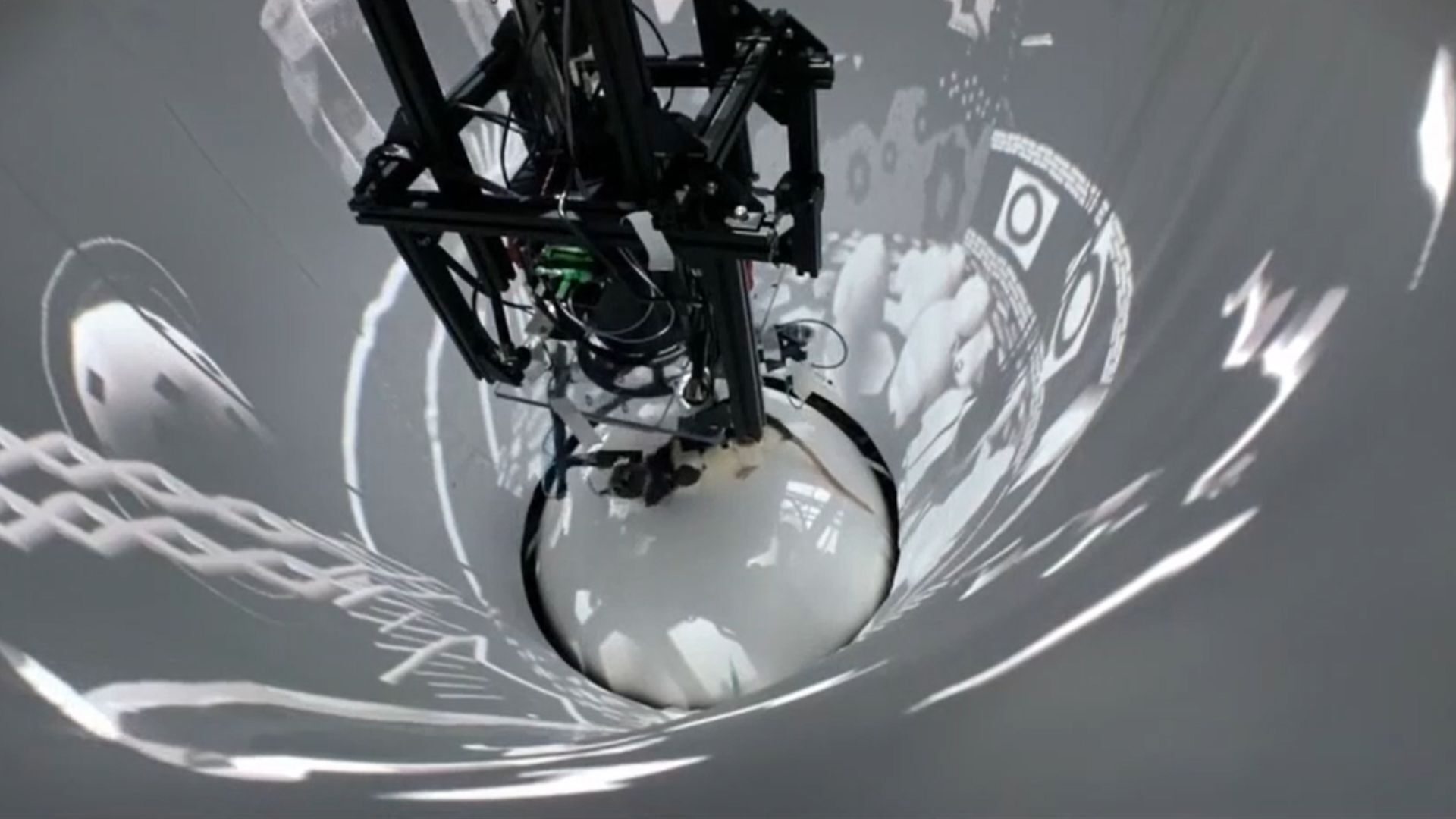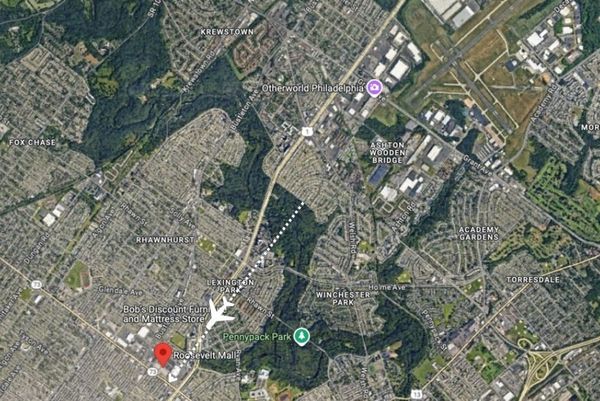
Do lab rats have the ability to imagine, like humans do? A new study says yes.
Rats may be capable of a type of imagination that's crucial for route planning, research from the Howard Hughes Medical Institute (HHMI) suggests. Although the creative arts spring to mind when we think of imagination, the ability also plays roles in everyday tasks, like navigating our environment. People constantly imagine the route they will take to get to places, whether it's a routine commute to work or a trip to an unfamiliar location.
This type of imagination is controlled by the hippocampus, a brain region involved in learning and memory. People with a damaged hippocampus struggle to imagine scenarios, including future routes, co-lead study author Chongxi Lai, a research specialist at HHMI's Janelia Research Campus in Virginia, told Live Science. Until now, scientists couldn't determine whether other animals, such as rats, possess this form of imagination.
In the study, published Thursday (Nov. 2) in the journal Science, the researchers used virtual reality (VR) and a brain-machine interface to show that rats have this capability.
Related: Neurons aren't the only cells that make memories in the brain, rodent study reveals
The study is provocative because it challenges the long-held assumption that rats might not be capable of thinking beyond their immediate circumstances, said Kenneth Kay, a neuroscientist at Columbia University's Zuckerman Institute who was not involved with the work.
The team implanted electrodes into the rats' brains to measure their hippocampal activity. They then immersed them in a VR world by putting them in an arena surrounded by a 360-degree screen that displayed a virtual environment. The rats were placed on a spherical treadmill that allowed them to rotate freely and view the entire panorama.
The researchers then trained the rats to run toward a virtual goalpost to receive a treat. The treadmill's movements updated the rat's position in the virtual environment. After several rounds, each with the same goalpost at a random location, the rats had explored the whole landscape.
For each set of coordinates in the virtual environment, the electrodes detected a specific pattern of activity in the hippocampus. The team hypothesized that rats could recreate those patterns if they imagined following a route along those coordinates, rather than actually running the route.
The researchers disconnected the treadmill and rewarded the rat for reproducing the hippocampal activity pattern associated with a goal location. In this "Jumper" task — named after a 2008 movie of the same name — the brain-machine interface translates the animal’s brain activity into motion on the virtual reality screen. Essentially, the animal uses its thoughts to navigate to the reward by first thinking about where they need to go to get the reward. (Video credit: Chongxi Lai)
So, they set up a game where rats only had to think about moving toward a goalpost; the virtual environment jumped to coordinates based on the electrode readings instead of treadmill movements. Named after a 2008 movie about teleportation, this "Jumper" game showed that rats planned efficient routes to the goalpost without meandering and regardless of how they physically moved.
Lastly, the researchers tested whether the rats could imagine moving an object toward the goalpost, rather than themselves.
Nicknamed the "Jedi" game, this required the rats to "use the Force" to move a virtual box toward the goalpost. The rodents' success showed that they could harness their mental maps to think about navigating an object through their environment, without moving themselves.
In the second task, the "Jedi" task — a nod to Star Wars — the rat moves an object to a location by thoughts alone. The rat is fixed in a virtual place but "moves" an object to a goal in the VR space by controlling its hippocampal activity, like how a person sitting in their office might imagine taking a cup next to the coffee machine and filling it with coffee. The researchers then changed the location of the goal, requiring the animal to produce activity patterns associated with the new location. (Video credit: Chongxi Lai)
Lai noted that scientists already knew about patterns of hippocampal activity that correspond to environmental locations in humans and rats. "But it hasn't been shown that animals can control it" until now.
Similar to humans, the rats took only a few seconds to plan routes, suggesting this form of imagination may be similar between these species. "I could see the same experiment being run in human subjects and producing similar results, which by itself gets at the potential similarity," Kay said.
Senior study author Albert Lee said he would like to explore whether rats can imagine navigating an environment without receiving cues, as well as probe how other brain regions communicate with the hippocampus during imagination to "get a whole picture of the underlying processes for this very high-level cognitive function."







